Many companies do not use the right type of labels, so their communication is unclear or they are out of compliance. This can hurt your brand or get you in trouble with the government. Know the different types of labels so you can do good product labeling, stay out of trouble and look pretty.
There are brand labels, grade labels, descriptive labels, informational labels, and so on. Each type serves a different purpose, such as helping people recognize your brand, ensuring quality of a product, or providing information the consumer must have.
Knowing the different types of labels will help you make sure your products are both what people expect and what the government says they must be.
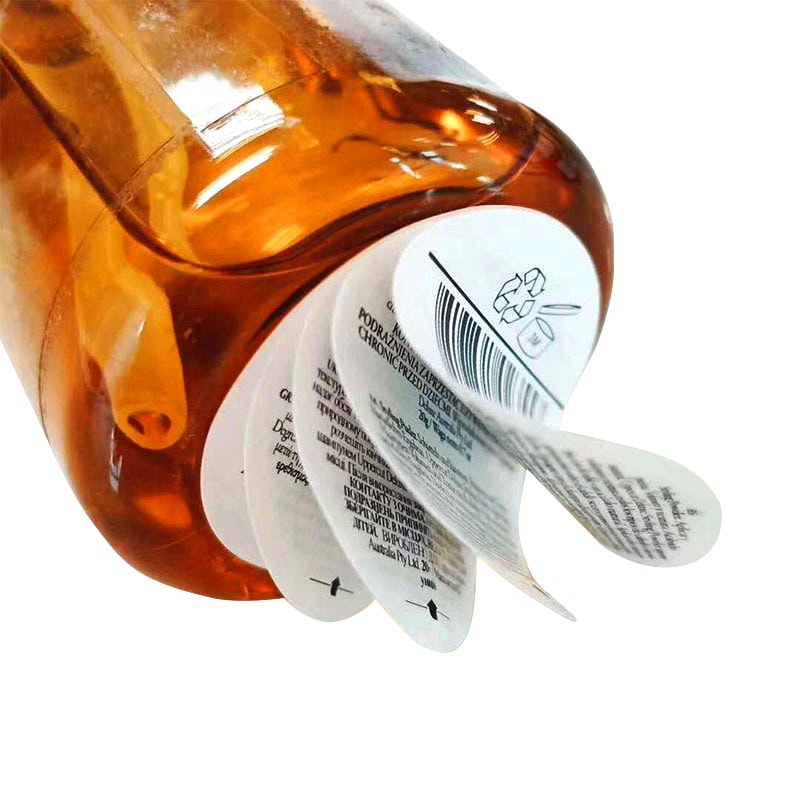
Brand Labels
Brand labels are essential for product identification and branding. They typically display the company’s logo, product name, and other branding elements. These labels create a direct connection between the product and the company, fostering brand loyalty and recognition among consumers. Companies use brand labels to ensure that their products stand out on store shelves, making them easily recognizable to customers.
Examples of brand labels include clothing tags, food packaging, and beverage labels. For instance, Coca-Cola’s iconic red label immediately signals its brand, making it a powerful tool for brand reinforcement.
Descriptive Labels
Descriptive labels provide detailed information about a product’s content, usage, and features. They help consumers make informed decisions by offering transparency about what they are purchasing. These labels are commonly found on food products, pharmaceuticals, and cosmetics. For example, nutrition labels on food packaging give consumers vital information about ingredients, calorie content, and serving sizes.
Such labels are often legally required to meet industry regulations. In the pharmaceutical industry, descriptive labels ensure patients receive the correct dosage information, expiration dates, and storage instructions.

Grade Labels
Grade labels indicate the quality or classification of a product. These labels are frequently used in agricultural products, food, and other consumer goods. For example, eggs are commonly graded as Grade A, AA, or B based on their quality and size. Similarly, meat products may carry grade labels such as “USDA Prime” or “USDA Choice,” which help consumers assess the quality of the product before purchase.
Grade labels allow consumers to make value-based decisions, providing transparency in the marketplace about product quality and standards.

Informative Labels
Informative labels offer critical product information, including manufacturing details, batch numbers, expiry dates, and safety warnings. These labels are especially important in industries such as pharmaceuticals, electronics, and food processing, where specific details about the product’s safety, usage, and shelf life are crucial.
For example, a pharmaceutical bottle may have informative labels that outline side effects, contraindications, and dosage instructions, ensuring that consumers use the product safely.
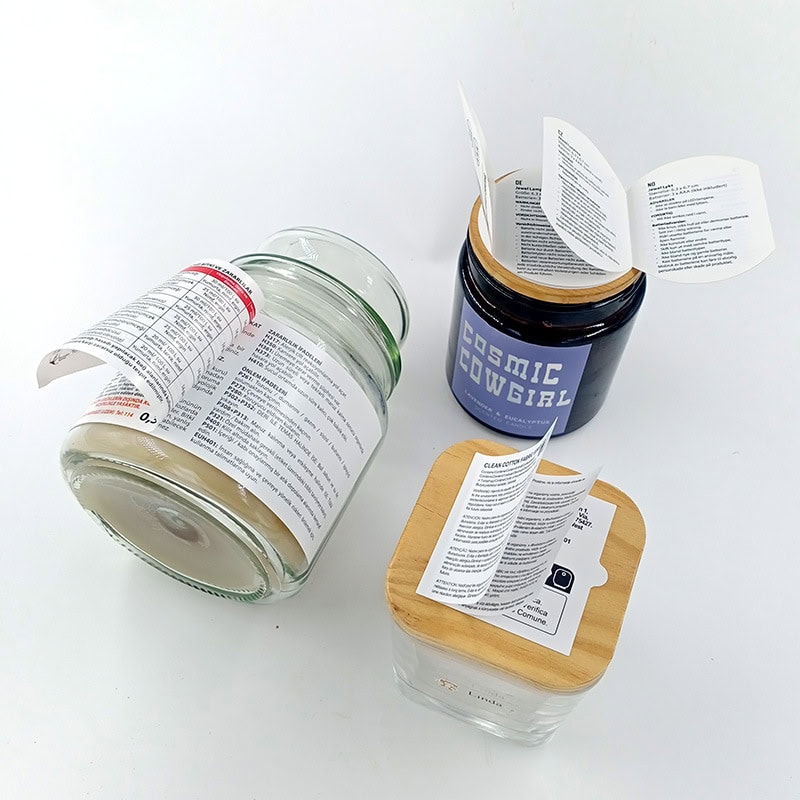
Promotional Labels
Promotional labels are designed to attract customers’ attention and promote sales. They often highlight discounts, special offers, or limited-time promotions. Retailers and manufacturers use promotional labels to encourage purchases and create a sense of urgency among customers.
An example of a promotional label is a “Buy One, Get One Free” sticker placed on a product’s packaging during a sale. These labels are typically temporary but can significantly impact purchasing decisions during promotional campaigns.
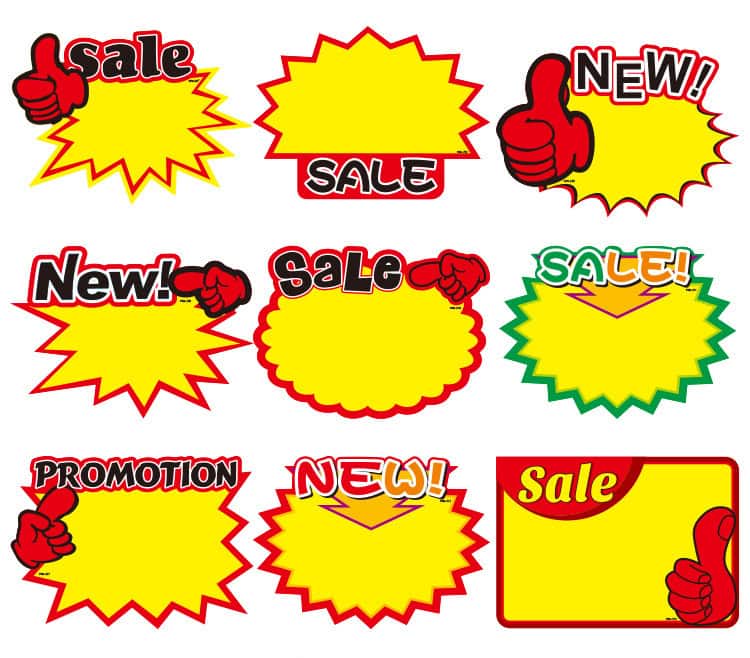
Eco-Friendly Labels
Eco-friendly labels reflect a company’s commitment to sustainability and environmental responsibility. These labels often indicate that a product has been produced using sustainable methods, contains recyclable materials, or meets specific environmental standards. For example, products labeled with certifications such as “Fair Trade” or “Organic” signal to consumers that the product adheres to environmentally friendly practices.
These labels are becoming increasingly important as consumers become more environmentally conscious and demand sustainable products.
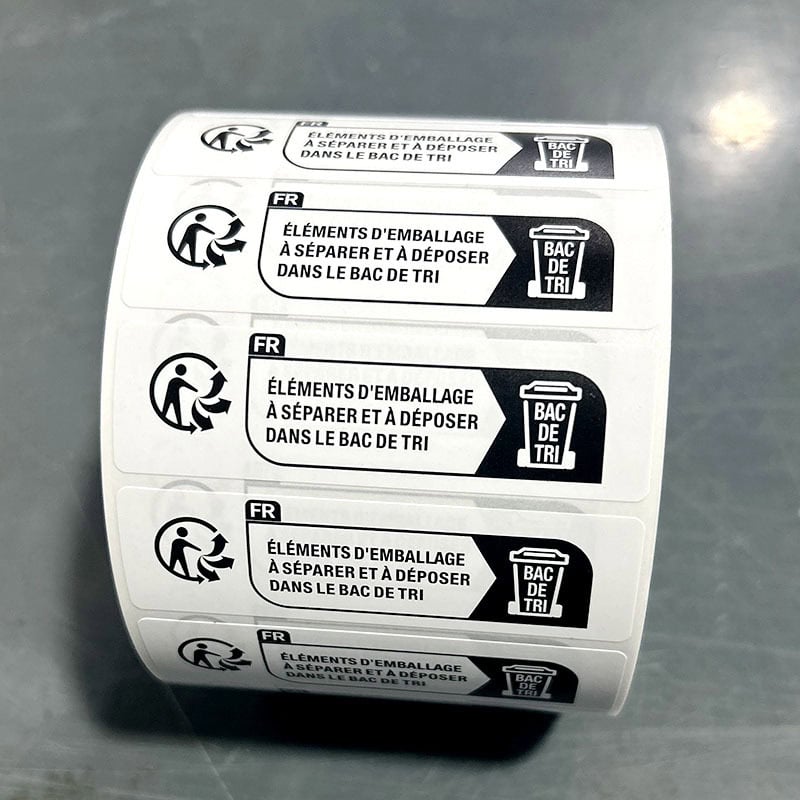
Security Labels
Security labels are used to protect products from tampering and counterfeiting. They are often applied to high-value goods, such as electronics, pharmaceuticals, and luxury items, to ensure authenticity. Features like holograms, barcodes, or RFID tags are commonly incorporated into security labels to verify the product’s legitimacy.
Security labels help consumers trust that they are purchasing a genuine, safe product, especially in industries where counterfeiting is a significant concern.
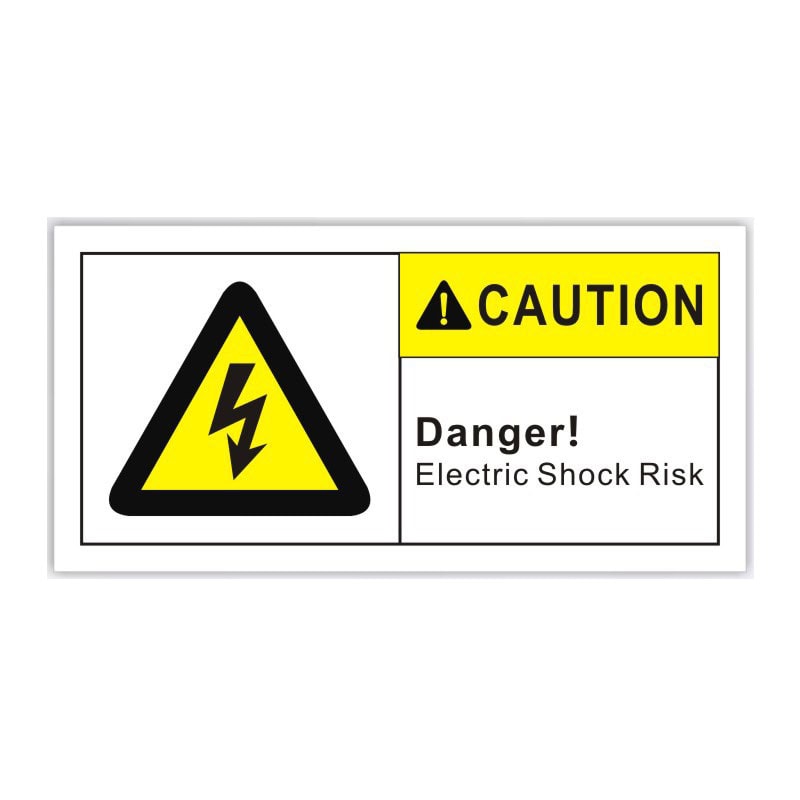
Barcode Labels
Barcode labels are widely used in retail, logistics, and manufacturing for product tracking and inventory management. These labels contain a machine-readable code that can be scanned to quickly identify and retrieve information about a product. Barcodes simplify the process of inventory control, product shipment, and sales transactions.
Retail stores, for instance, rely on barcode labels to track stock levels, while warehouses use them to ensure efficient product distribution and management.
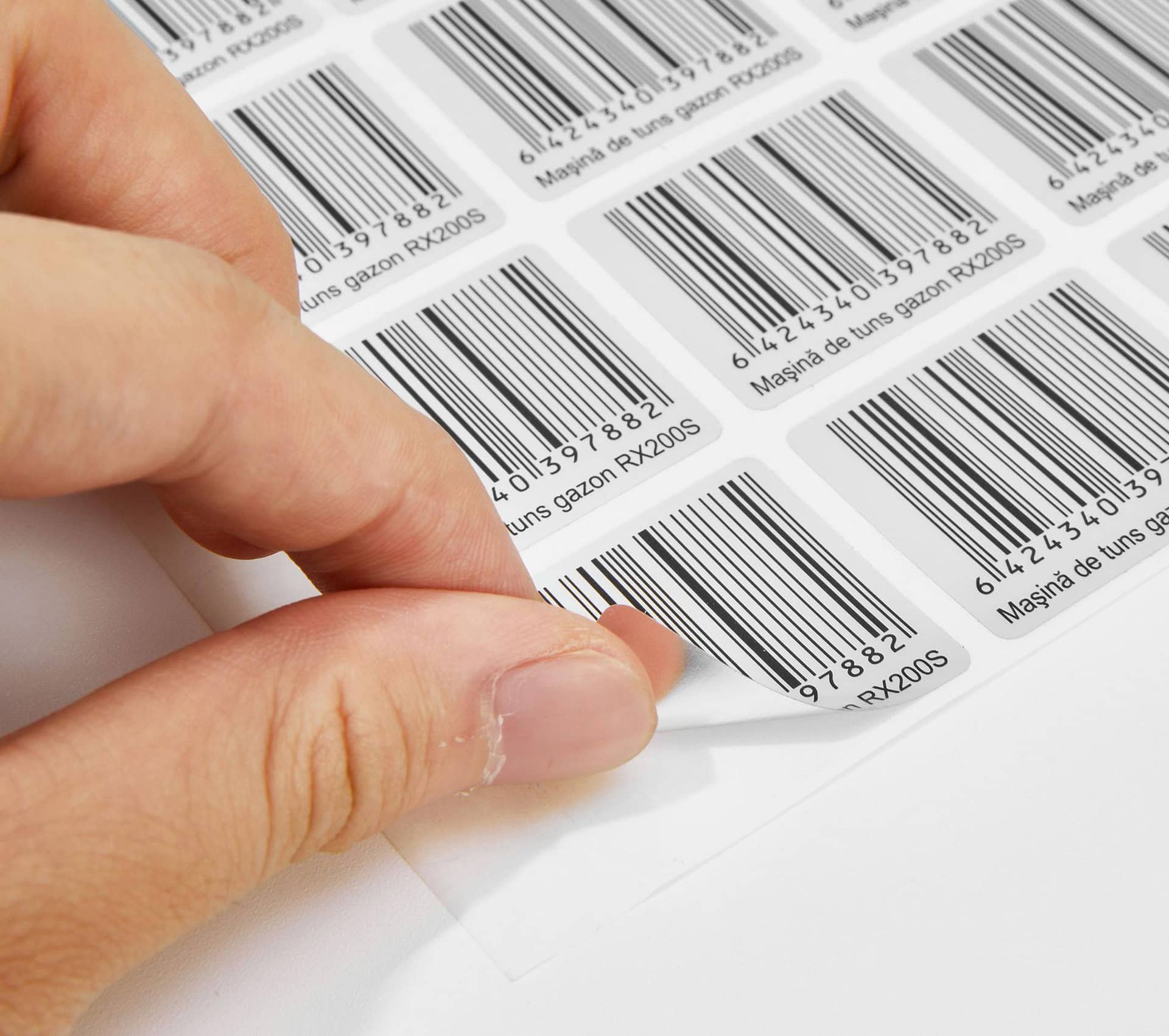
Warning Labels
Warning labels provide critical safety information to consumers, alerting them to potential hazards associated with a product. These labels are commonly found on products like chemicals, pharmaceuticals, and electrical equipment. For example, cleaning products may feature warning labels about harmful ingredients or necessary precautions to take during use.
By clearly indicating risks, warning labels protect consumers from accidents and ensure compliance with legal safety standards.
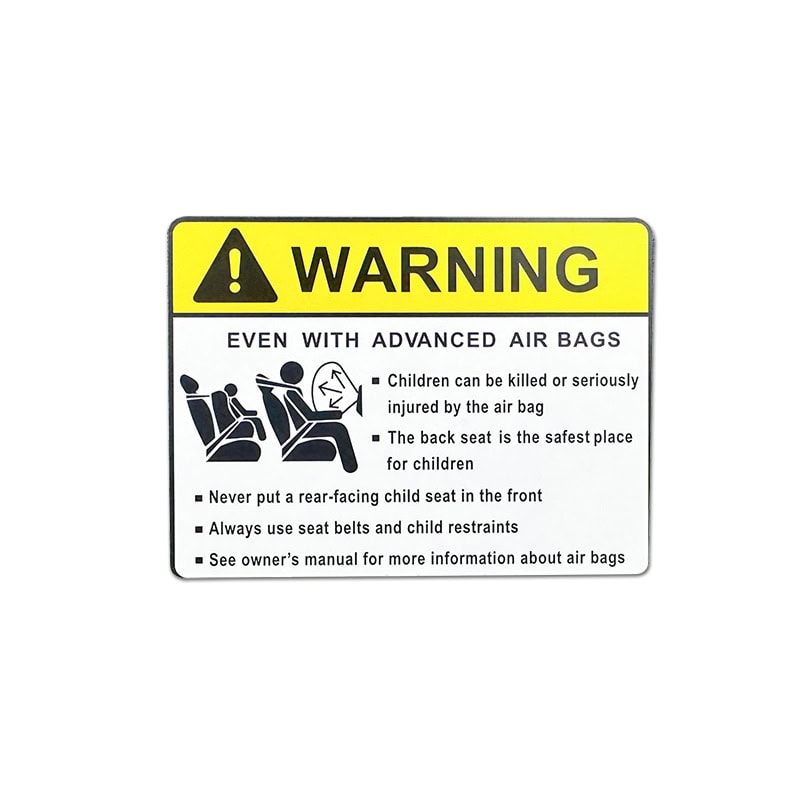
Compliance Labels
Compliance labels are mandatory in industries where regulatory standards must be met, such as electronics, food, and automotive. These labels confirm that the product has been tested and adheres to the specific legal and safety requirements of the industry. Compliance labels are particularly important in markets with strict regulations to ensure consumer safety and product quality.
For example, electrical products often carry compliance labels that indicate they meet the safety standards required by regulatory bodies, such as the European Union’s CE marking or the U.S. FCC compliance for electronic devices.

Conclusion
Select the right type of label to make sure your product is what people expect it to be and what the government says it has to be. Know the different labels, from brand to compliance labels, so you can be the best in your industry and have great relationships with your customers.









